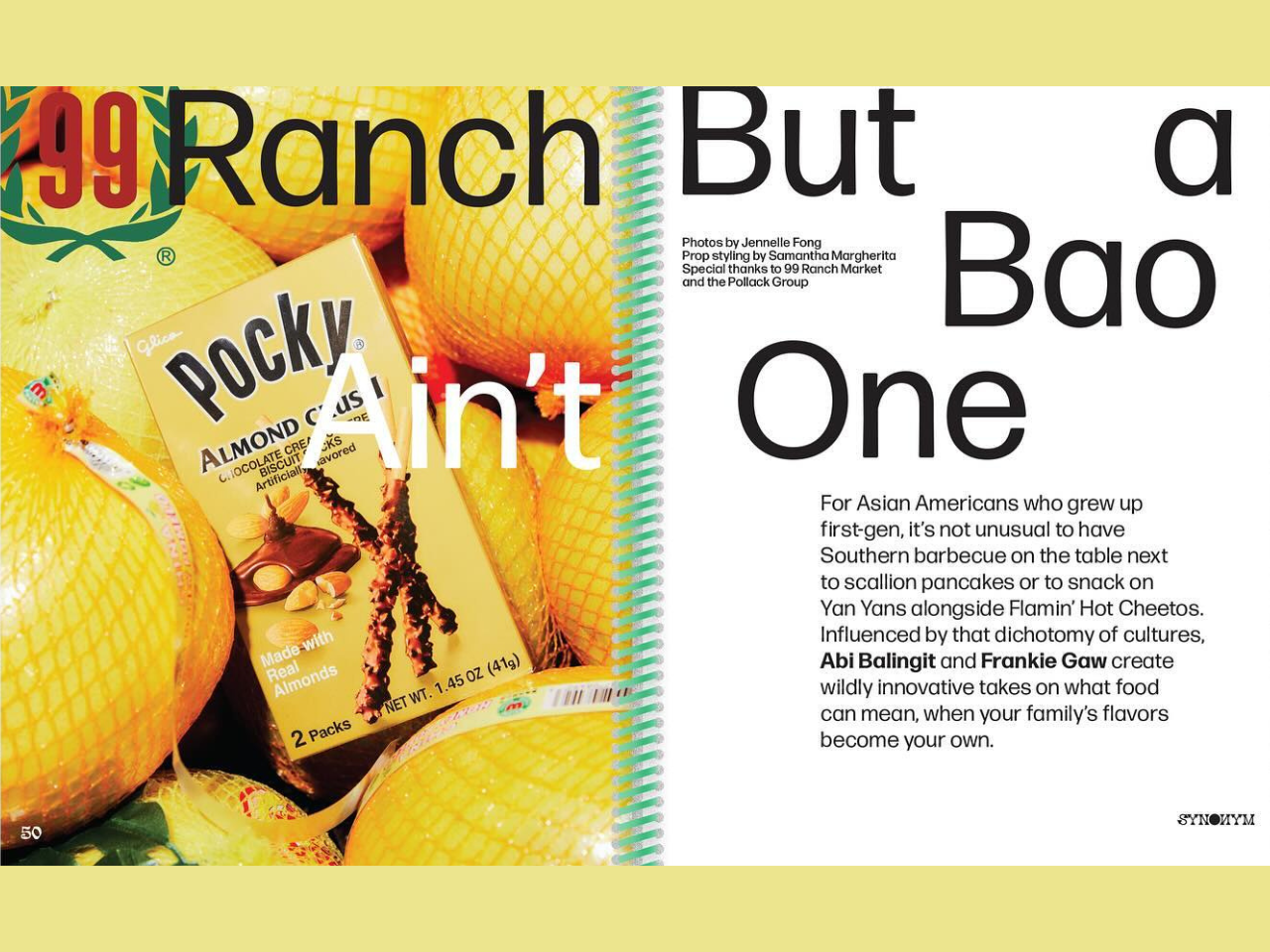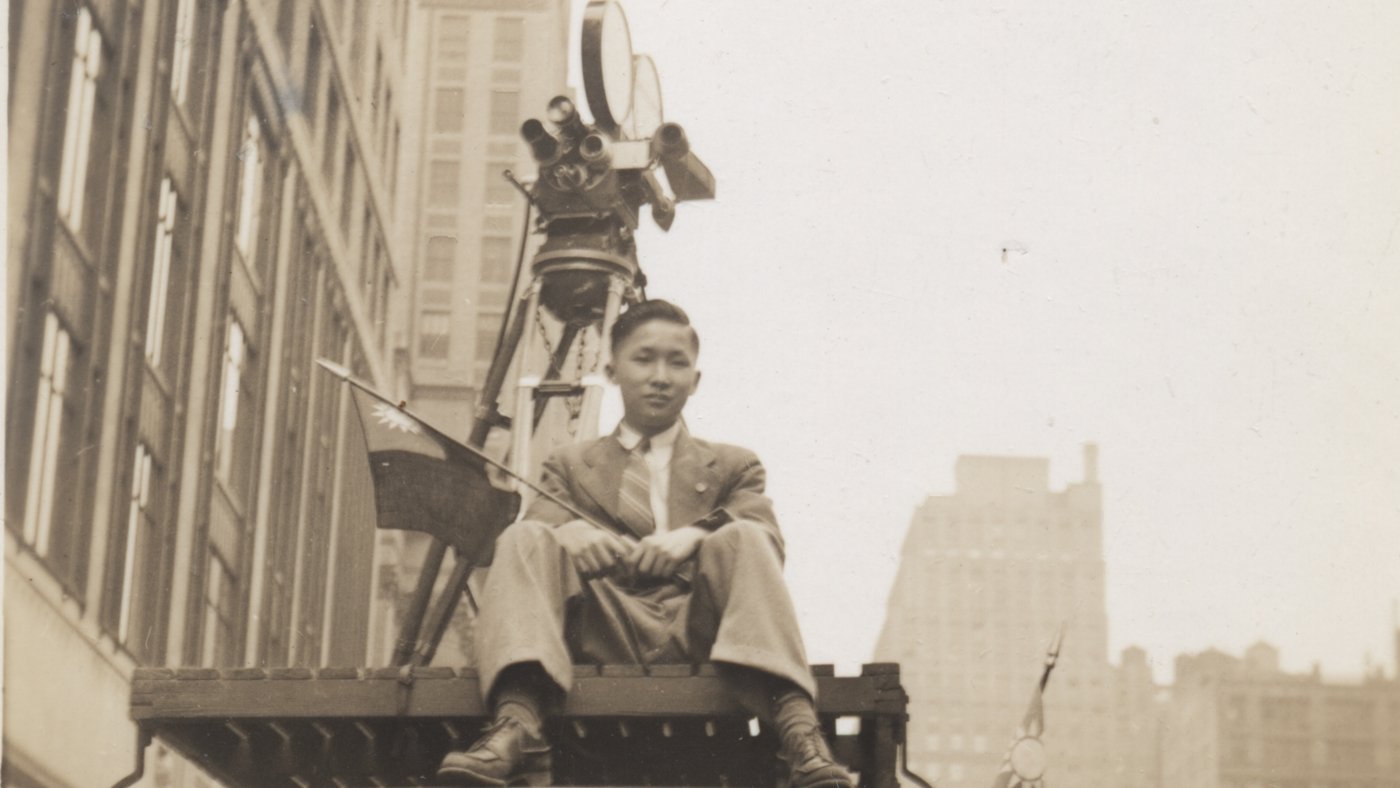What does AAPI stand for? Who is considered AAPI? Why do Americans celebrate AAPI Heritage Month in May? And why should you care about AAPI?
If any of the above questions has ever flashed through your mind, wonder no more. Please think of this article as a crash course on the relatively new celebration and how to make the most out of it!
What Does AAPI Stand For?
An acronym for Asian American and Pacific Islander, AAPI encompasses a sprawling population, from naturalized immigrants to second-, third- or fourth-generation Americans of Asian or Pacific Islander background.
Data compiled by the United States Census Bureau in 2020 revealed that 25.6 million American citizens identify as AAPI, accounting for 8.04% of the country’s population.
It’s true that “Asian American” serves as a demographic label often imposed upon people, but it also has real meaning for many who fall under the category.
Learn more about unpacking the importance of Asian American identity in @tiffjhuang‘s blog post: https://t.co/3VV0DUrZwn pic.twitter.com/3aOtzVqJqU
— AAPI Data (@AAPIData) April 11, 2022
The term AAPI has been hailed by many for its inclusiveness, though others have complained it’s a sweeping label that erases the identity of diverse cultures.
“AAPI is incredibly ambitious. It contends to cover and speak for some of the largest regions in the world … In some ways, marginalization and erasure feel inevitable,” said Tavae Samuelu, the executive director of Empowering Pacific Islander Communities, in a 2021 Vox article.
Despite the pushback in some quarters, AAPI is still the most common term for Americans who trace their heritage to Asia or the Pacific Islands.
Why May?
AAPI Heritage Month dates back to 1978, when the U.S. Congress proclaimed the first week of May as AAPI Heritage Week. The weeklong observance was extended to an entire month in 1990.
May was chosen because it coincides with two milestones related to Asian history in the U.S.: The arrival of the first Japanese immigrants on May 7, 1843, and the completion of the transcontinental railroad — built with major help from Chinese laborers — on May 10, 1869.
Despite their contributions to a landmark piece of American transportation infrastructure, the U.S.’s first wave of Chinese immigrants was met with anti-Chinese sentiment along the West Coast. Long story short: Tensions eventually exploded, resulting in the Chinese Exclusion Act (also a May event, passed on May 6, 1882), which effectively prohibited the immigration of Chinese laborers until 1943.
Unfortunately, as Spanish-American philosopher George Santayana once eloquently — and famously — put it, “Those who cannot remember the past are condemned to repeat it.” And when it comes to anti-Asian hate in many Western nations, the past does indeed seem to be echoing in the 2020s.
Should You Care?
Since the onset of the Covid-19 pandemic in 2020, Asian people in the U.S., Canada, Europe, and elsewhere have fallen victim to an uptick in discrimination, stereotyping, and, in extreme cases, violence and death.
We’ve seen high-profile politicians in the U.S. use derogatory terms like ‘kung flu’ and ‘Chinese virus’ to refer to Covid, as well as the resurgence of dated tropes that harken back to the days of Chinese exclusion in America (so, yeah, the past does seem to repeat itself). This racist language has likely fueled anti-Asian sentiment and allowed it to thrive unchallenged in a toxic political climate.
So ask yourself: What better time than now to uphold America’s Asian and Pacific Islander communities? Celebrating AAPI Heritage Month empowers AAPI populations and serves as a chance to challenge problematic — and frankly, racist — narratives championed by certain political camps and media outlets. It also provides an opportunity for minorities to champion equality and representation while discovering and taking pride in their roots.
3 days until YES WE WILL! ✨ I wrote YES WE WILL so my kids can see all the glorious possibilities for what they can do when they grow up—if they can see it, they can dream it, & tomorrow they can be it! Pick up your copy from your local indie and happy #AAPIHeritageMonth! ❤️📚🌺 pic.twitter.com/HRJrULdLyX
— Kelly Yang (@kellyyanghk) April 30, 2022
‘What if I’m not Asian or Pacific American?’ you ask? Our answer takes the form of another question: Has anyone ever lost out by acquiring new knowledge?
Cover image by Lori Hillsberg/Flickr
















